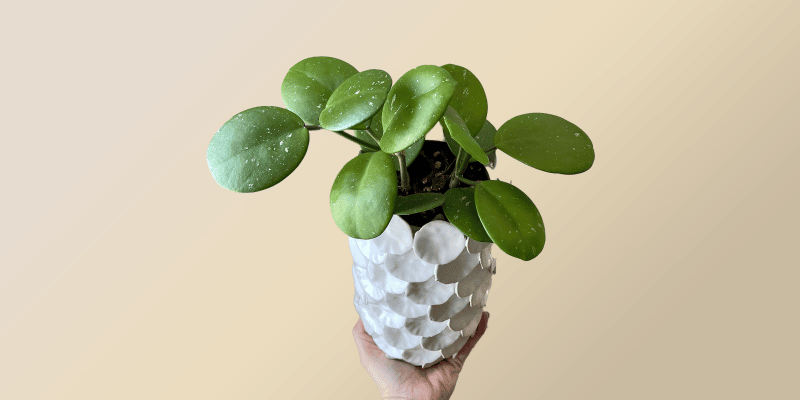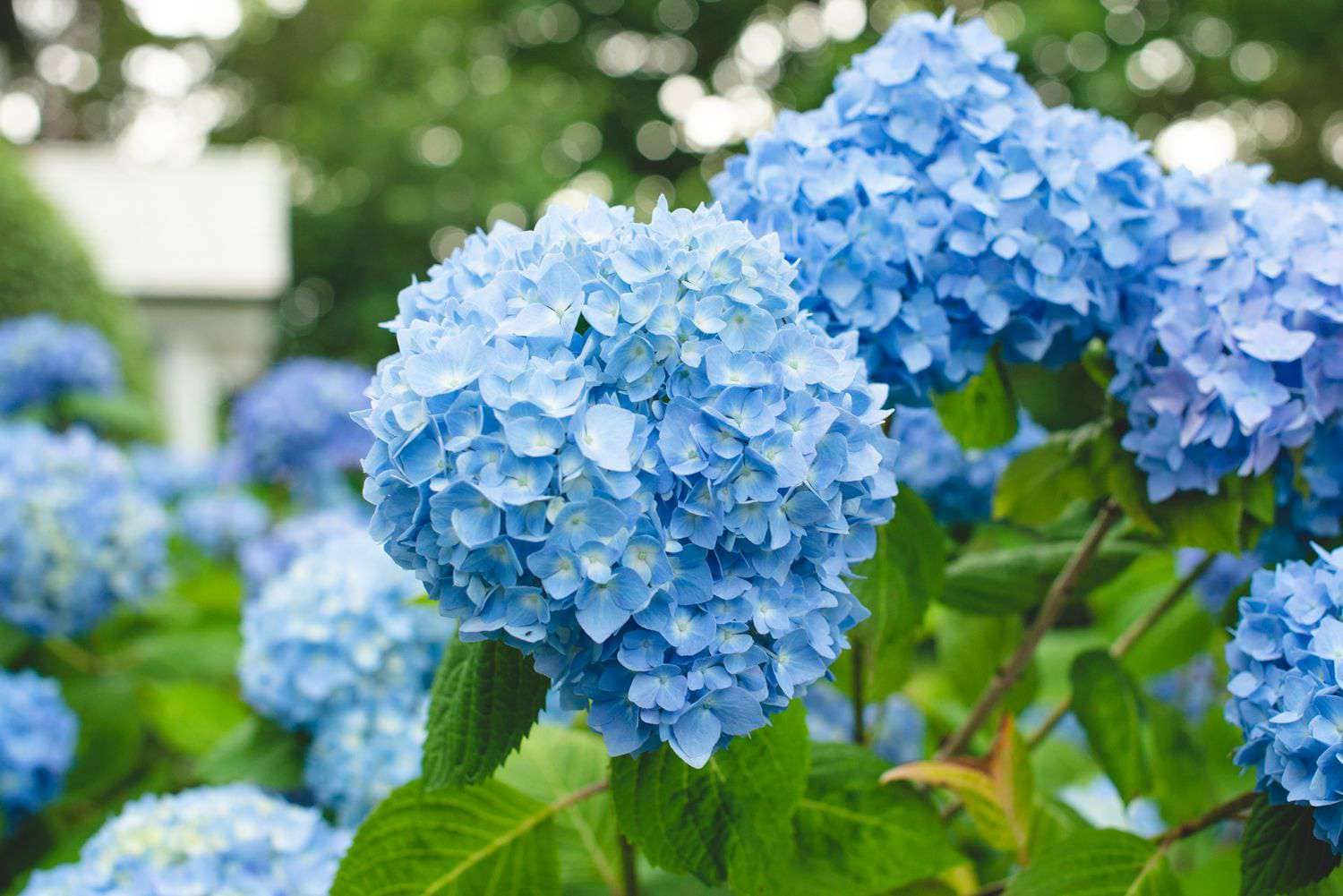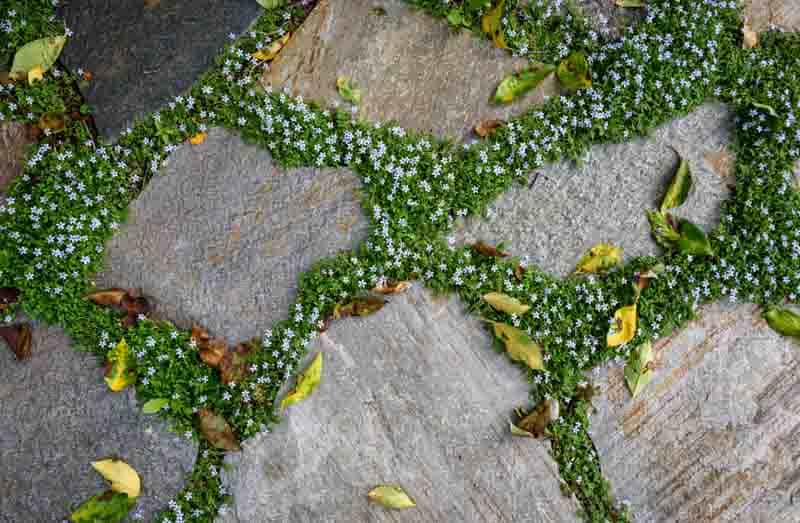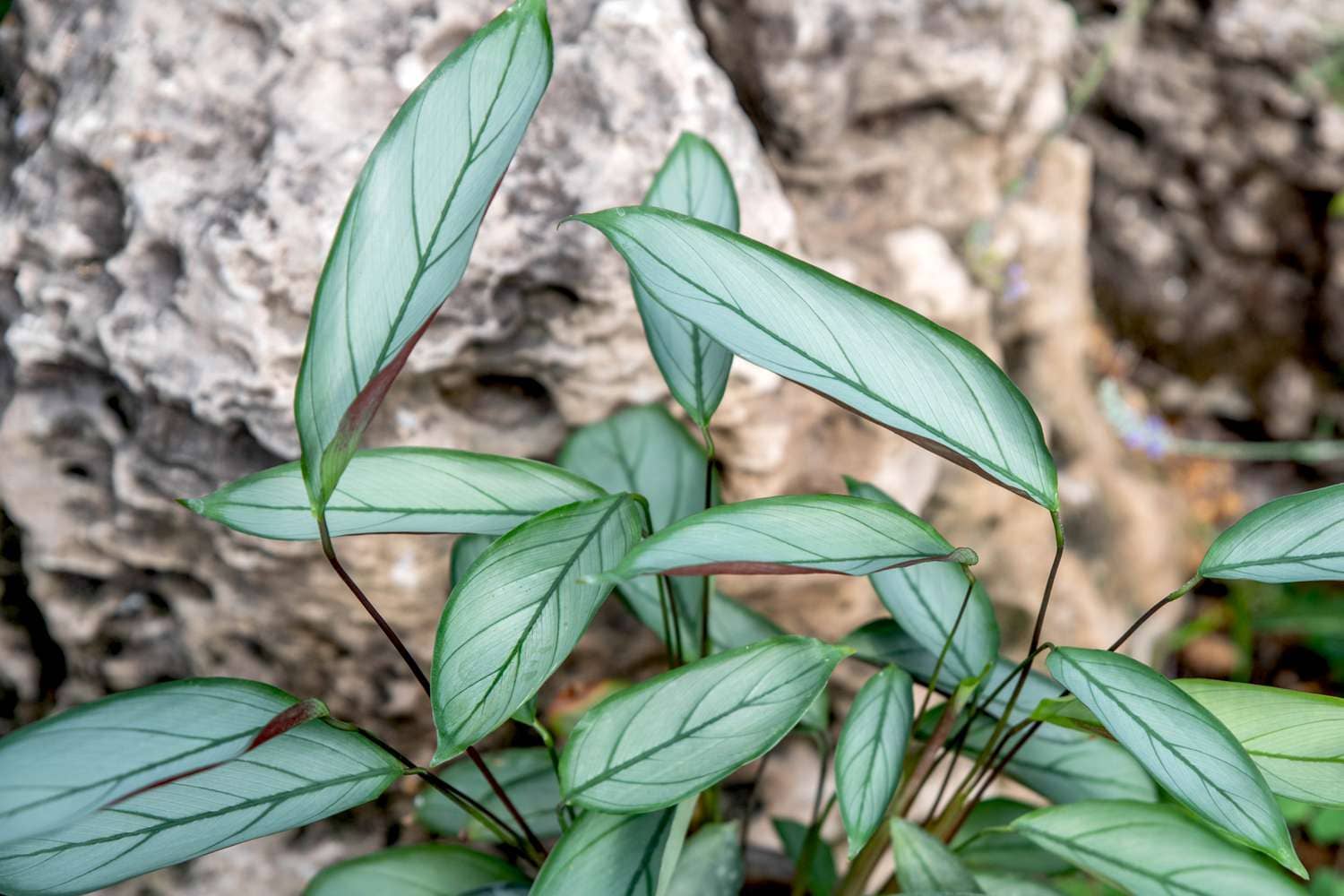Introduction
Hoya Obovata, a species of flowering plant native to Eastern Asia, is gaining popularity as an indoor plant for its lush foliage and fragrant flowers. This article provides comprehensive insights into caring for and enjoying the beauty of Hoya Obovata.
What is Hoya Obovata?
Hoya Obovata, also known as the Wax Plant, is characterized by its thick, leathery leaves and star-shaped flowers. Originating from the tropical forests of Eastern Asia, this plant thrives in warm and humid conditions, making it ideal for indoor cultivation.
Hoya Obovata Care
Light: Place your Hoya Obovata in bright, indirect light to ensure optimal growth. Avoid direct sunlight, as it can scorch the leaves.
Watering: Allow the soil to dry out slightly between waterings, as overwatering can lead to root rot. Water thoroughly and let excess water drain away.
Temperature: Keep your Hoya Obovata in a warm environment, ideally between 60°F to 80°F (15°C to 27°C). Avoid sudden temperature fluctuations.
Humidity: Maintain moderate to high humidity levels, especially during the dry winter months. Consider using a humidifier or placing a tray of water near the plant to increase humidity.
Potting and Soil
Choose a well-draining potting mix with a combination of peat moss, perlite, and orchid bark. Repot your Hoya Obovata every 1-2 years to refresh the soil and provide ample space for root growth.
Propagation Methods
Hoya Obovata can be propagated through stem cuttings, seeds, or division. Stem cuttings are the most common method and can be rooted in water or directly in soil.
Pruning Tips
Regular pruning helps maintain the shape and health of your Hoya Obovata. Remove any dead or yellowing leaves, as well as leggy stems, to encourage new growth.
Common Pests and Issues
Keep an eye out for common pests such as aphids, mealybugs, and spider mites, which can infest Hoya Obovata. Treat any infestations promptly with insecticidal soap or neem oil.
Benefits of Hoya Obovata
Apart from its ornamental value, Hoya Obovata offers several benefits, including air purification and stress reduction. Its glossy foliage adds a touch of greenery to any space while promoting a sense of well-being.
Decor Ideas
Incorporate Hoya Obovata into your home decor by placing it in decorative pots or hanging baskets. Its trailing vines and clusters of flowers make it a beautiful addition to shelves, windowsills, or macrame hangers.
Frequently Asked Questions
How often should I water my Hoya Obovata? Water your Hoya Obovata when the top inch of soil feels dry to the touch.
Can Hoya Obovata tolerate low light conditions? While Hoya Obovata prefers bright, indirect light, it can tolerate moderate to low light conditions.
What are the best pruning tools for Hoya Obovata? Use clean, sharp scissors or pruning shears to trim your Hoya Obovata, ensuring minimal damage to the plant.
How can I increase humidity for my Hoya Obovata? Mist the leaves regularly or place a humidifier near the plant to create a humid environment.
Is Hoya Obovata toxic to pets? Hoya Obovata is non-toxic to cats and dogs, making it safe to have around your furry friends.
Can Hoya Obovata be grown outdoors? While Hoya Obovata is primarily grown indoors, it can thrive outdoors in warm, tropical climates.
Conclusion
In conclusion, Hoya Obovata is a captivating plant that brings joy and beauty to any indoor space. By following the care tips outlined in this article, you can ensure that your Hoya Obovata flourishes and continues to delight you for years to come.





